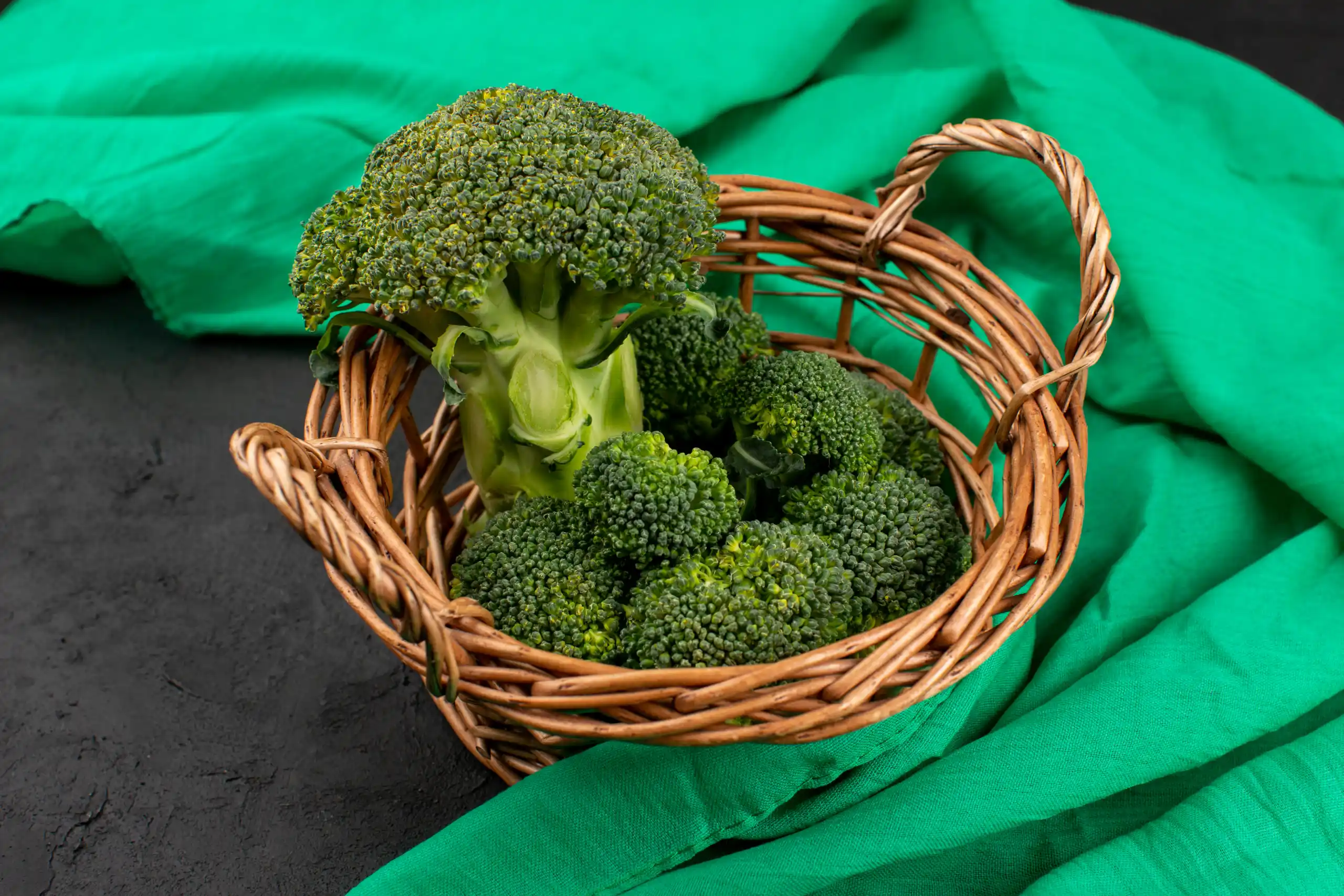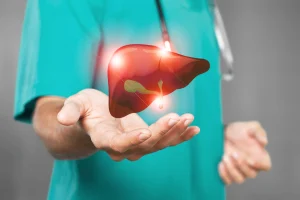One of the essential skills for successful mindful eating is recognizing the difference between genuine hunger and what is often referred to as “false hunger” or “emotional hunger.”
It’s crucial to acknowledge the authentic signals from our bodies that indicate true hunger, as responding to these cues is a fundamental aspect of intuitive eating. However, it’s important to note that an empty stomach, which signals real hunger, is not always the reason we feel compelled to eat.
In a separate article, we delve deeper into the five common types of false hunger cues. Here’s a brief overview of each:
- Environmental Triggers: The aroma of delicious food can evoke feelings of hunger. For instance, passing by a favorite fast-food restaurant might spark cravings, even if you’ve just eaten.
- Dehydration: Often, we mistake thirst for hunger. It’s easy to confuse the two, especially when we haven’t consumed enough water.
- Emotional Eating: During challenging emotional times, we may seek comfort in food, leading to an urge to eat for pleasure rather than nourishment.
- Boredom: Eating can serve as a distraction when we’re feeling bored. The desire to snack might stem from wanting to alleviate monotony rather than actual hunger.
- Fatigue: Lack of sleep can significantly affect hunger hormones, increasing our desire to eat even when we’re not truly hungry.
Sometimes, it’s straightforward to identify when a hunger pang is influenced by one of these false cues. For example, if you’ve just had lunch and find yourself staring at a daunting work task, you might feel an urge to grab some chips. Recognizing that this craving is likely due to boredom can help you resist the temptation.
A Practical Tip for Differentiating Hunger
When you sense a hunger pang but suspect it might not be genuine, try this thought experiment:
Imagine there’s a plate of grilled skinless chicken breast and steamed broccoli in your fridge, ready to be microwaved in two minutes. Ask yourself: Would you want to go and prepare that meal? Does the idea of eating chicken and broccoli appeal to you as a way to satisfy your hunger?
Choose a food that you don’t dislike if you can’t stand broccoli, pick something else. Conversely, if it’s your favorite, select a different healthy option.
Often, you may find that the thought of eating plain chicken and broccoli doesn’t excite you. This is a strong indicator that your hunger cue is not driven by true hunger. In this case, remind yourself, “I’m not actually hungry; I can wait until I am.” It’s also beneficial to reflect on what triggered this false hunger and learn from the experience.
If your answer to the thought experiment is a resounding yes, then it’s likely you are genuinely hungry. In that case, go ahead and enjoy a nutritious snack!
Learning to distinguish between true and false hunger can be a transformative experience. Give this technique a try the next time you feel hungry, and see if it helps you make more mindful eating choices!









